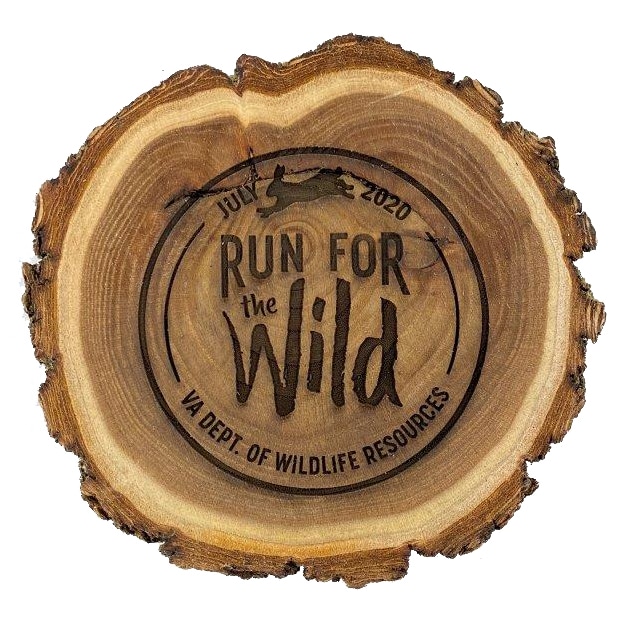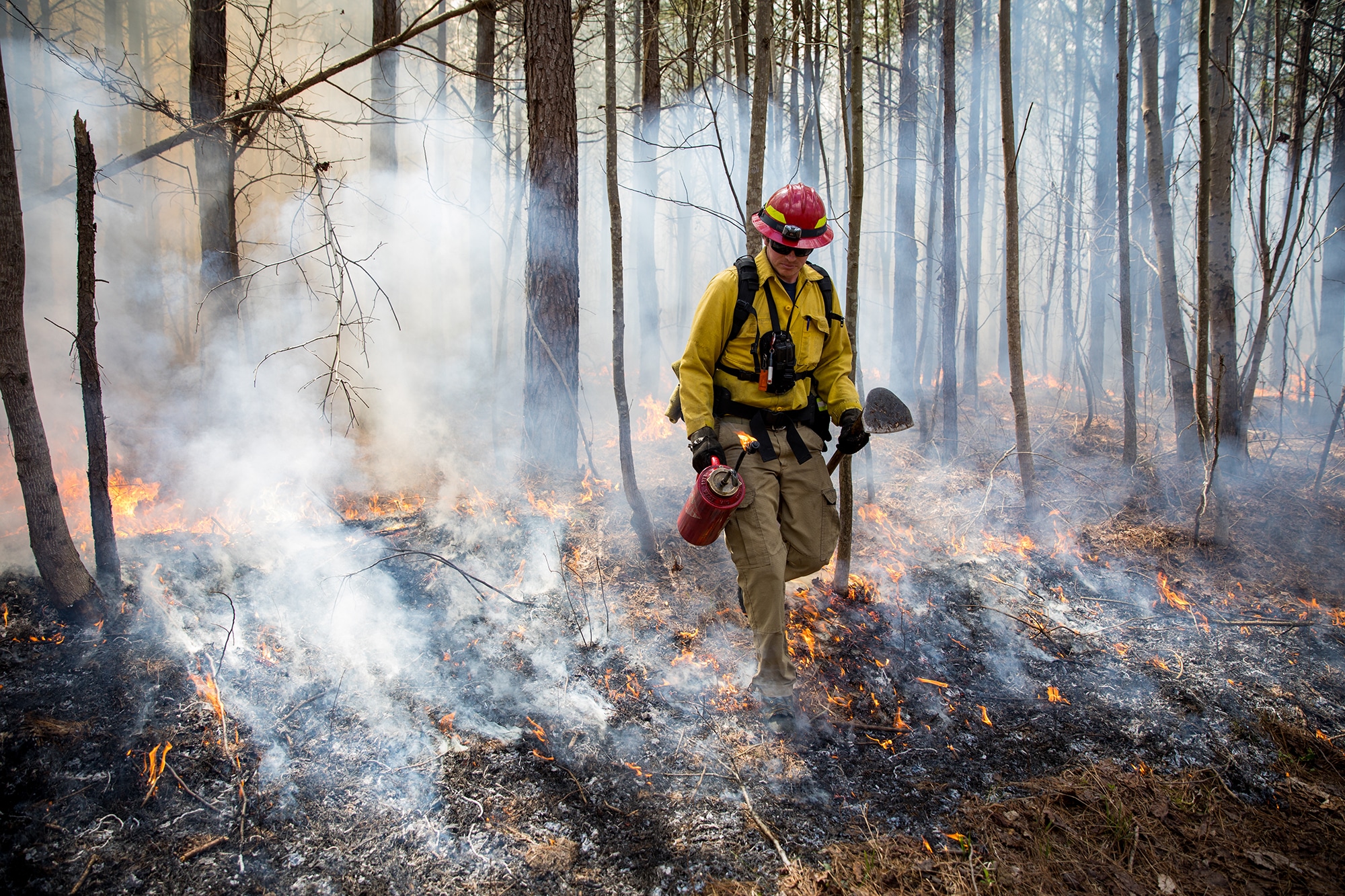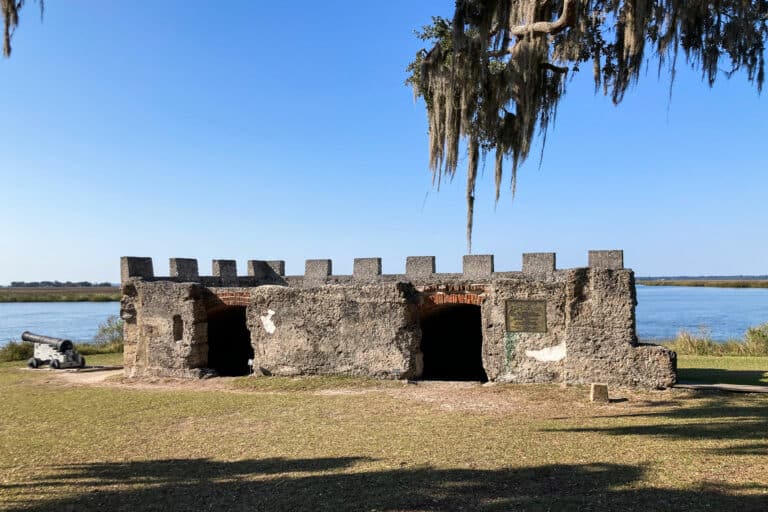Did you know that Virginia has more than 900 species of wildlife whose numbers are in decline? Impacts to their natural areas that provide necessary food, water and shelter have threatened many species. The Virginia Department of Wildlife Resources (DWR) is the lead agency for the conservation of wildlife and wildlife habitat and works year-round and across the state to protect wildlife and conserve and maintain wildlife habitat.
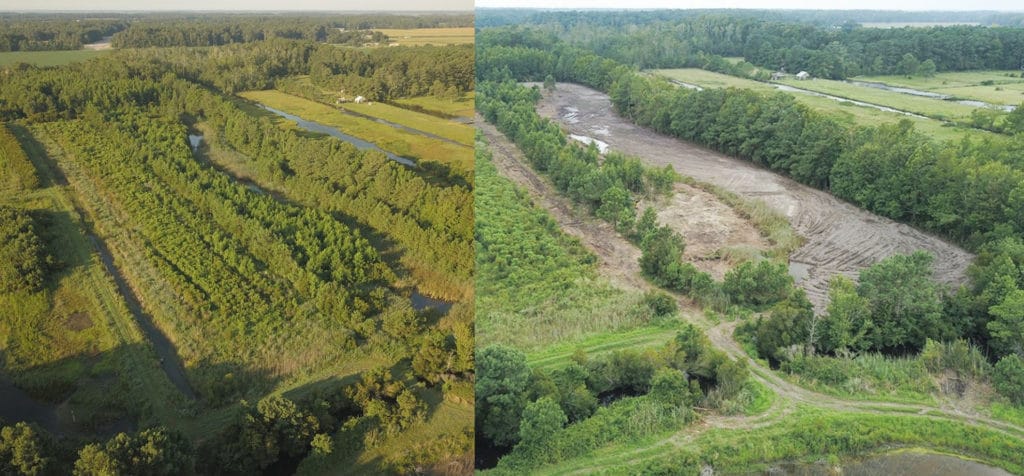
How can you help? A DWR Restore the Wild membership helps fund critical habitat work that directly benefits some of Virginia’s threatened or endangered wildlife species. While the majority of DWR’s funding comes from hunting, fishing, and trapping license sales and boat registrations, purchase of a Restore the Wild membership is another great way for outdoor enthusiasts to support Virginia’s wildlife. The Restore the Wild initiative allows DWR to expand the work the agency does to preserve, establish, and maintain vital wildlife habitat areas and keep Virginia’s wild places wild. Memberships and donations to Restore the Wild, along with revenue raised with the Run for the Wild virtual 5K run/walk, provide funds for DWR habitat projects.
In 2019, the Restore the Wild target species was the red-cockaded woodpecker, a bird species on the federal and state endangered species lists and identified as a “species of greatest conservation need” in the Virginia Wildlife Action Plan. This non-migratory bird’s current range in Virginia includes the southeast portion of Sussex County and the city of Chesapeake—a fraction of its historical distribution.
Habitat loss, fragmentation, and degradation, largely due to large-scale clear-cutting of pine savannas for timber harvesting and agriculture as well as fire suppression, contributed to the population decline. Habitat management—preserving large tracts of mature pine forest, planting longleaf pine, conducting prescribed burns and carefully planned timber harvests to restore pine forests to the open pine savannas upon which the birds depend—was crucial to restoring their population.
The work done by DWR and partners has significantly increased the red-cockaded population numbers, and in 2019 and 2020 a pair of red-cockaded woodpecker laid clutches of eggs at a nesting site on the Big Woods Wildlife Management Area (WMA). The WMA is also only one of three properties in Virginia with red-cockaded woodpeckers (the others being the neighboring Piney Grove Preserve and also the Great Dismal Swamp National Wildlife Refuge), making this nest a true conservation success story for the Commonwealth.
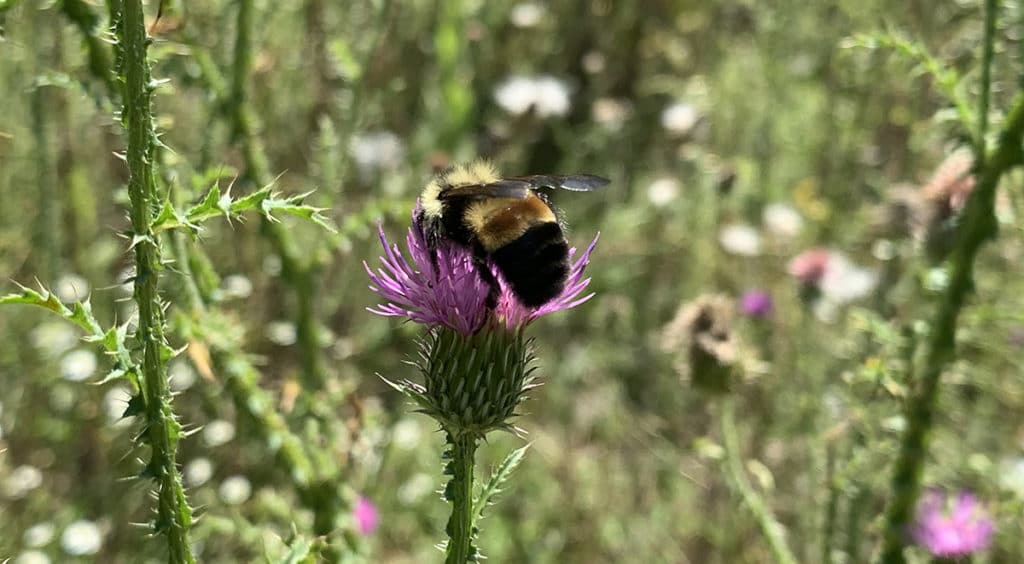
This year, Restore the Wild funded six habitat projects on more than 180 acres of DWR land, benefitting not only this year’s target Restore the Wild species of the rusty-patched bumblebee, but also the red-cockaded woodpecker and many other species of small mammals, birds, and more.
Current projects will restore and create more than 150 acres of native grasses, shrubs, and forbs for pollinator meadows to provide habitat for resident pollinators and support future pollinators. The projects will diversify the habitat for game, non-game, and pollinator species.
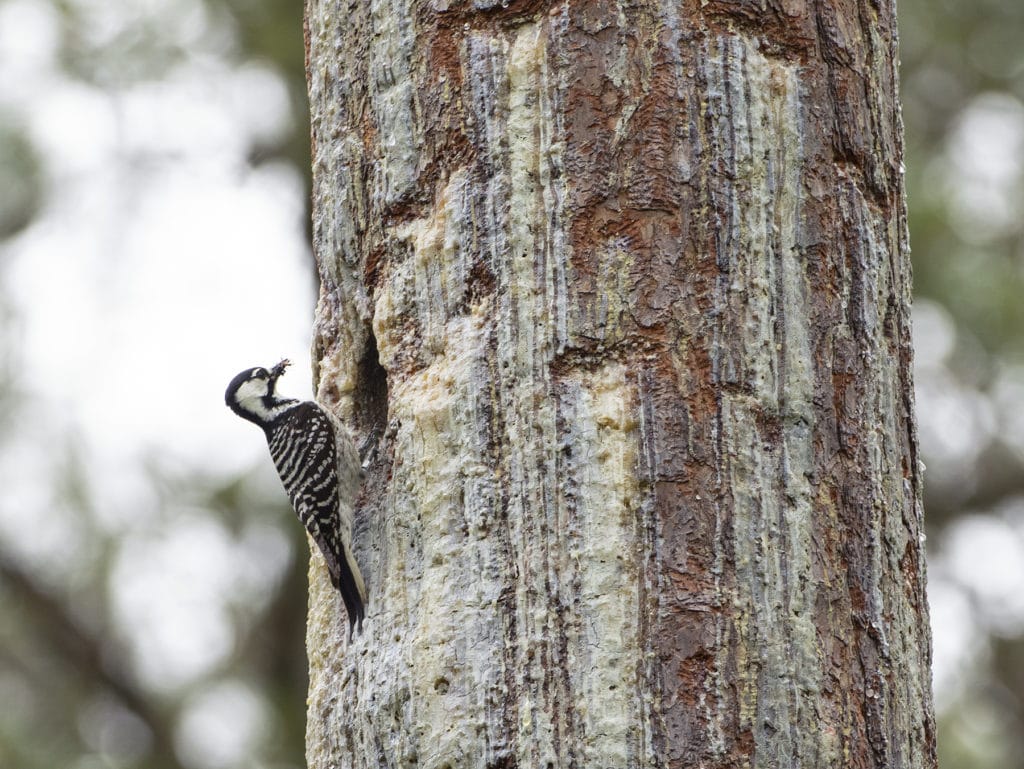
Restore the Wild funds the kind of habitat work that has helped the endangered red cockaded woodpecker find new nesting sites. Photo by Lynda Richardson/DWR. 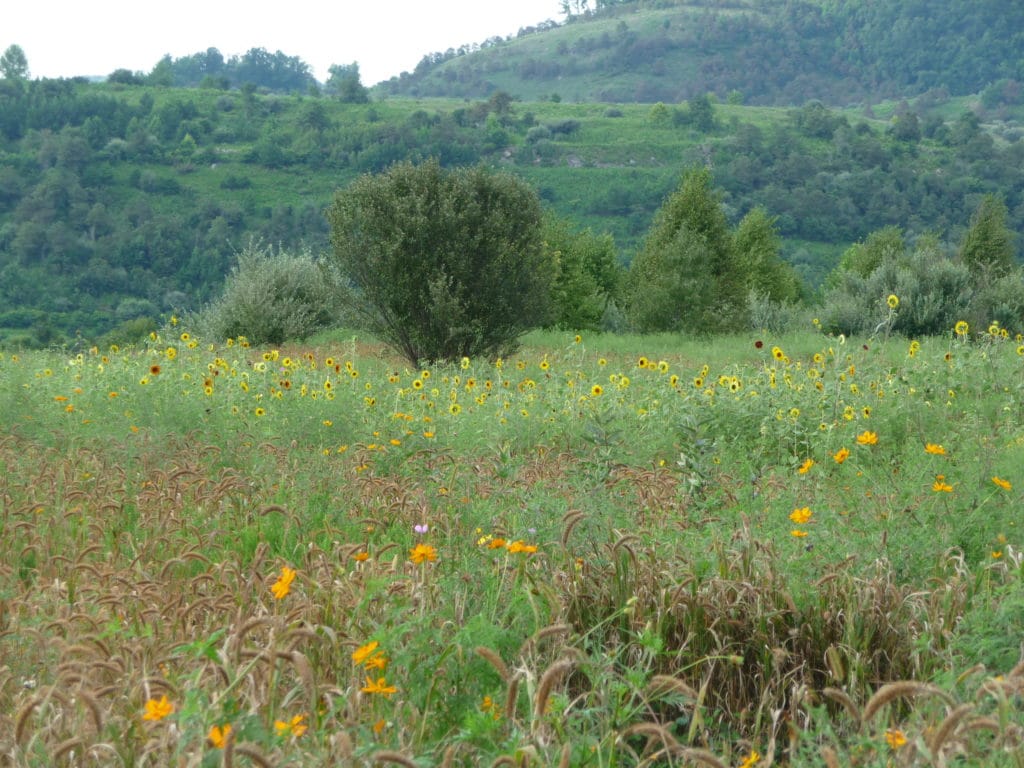
Funds raised by Restore the Wild memberships and donations have helped create more than 100 acres of pollinator meadows on DWR public lands. Photo by Leon Boyd
The inaugural Run for the Wild, a virtual 5K run/walk in July, raised more than $12,000 for Restore the Wild mission of making sure Virginia’s wildlife has healthy places to live and thrive. Make sure to keep an eye out for the 2021 edition of Run for the Wild!
Restore the Wild is also looking for aspiring artists to create and submit an original piece of art that reflects Restore the Wild’s mission—to restore and create natural habitats vital to the survival of Virginia’s wildlife. The subject focus of the 2021 artwork competition is Virginia’s imperiled turtles. The winning artwork will be used throughout 2021 to help promote Restore the Wild’s mission. For complete Restore the Wild Artwork Competition rules, see: virginiawildlife.gov/art-contest.
Looking for ways to support Virginia’s 900 species of wildlife? Consider becoming a Restore the Wild member today!
Cover photo: Prescribed burns like this one on the Big Woods Wildlife Management Area help create early successional habitat beneficial for wildlife. Photo by Meghan Marchetti/DWR
